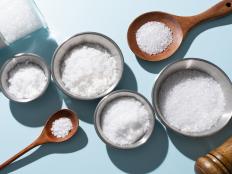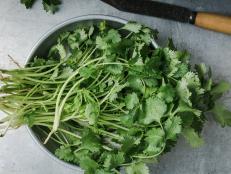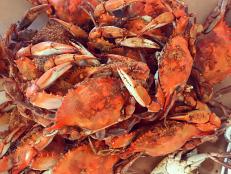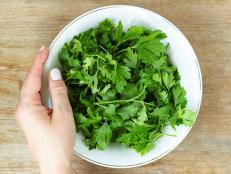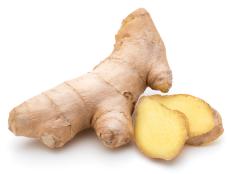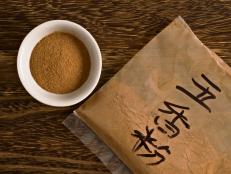White Pepper vs. Black Pepper: What's the Difference?
Everything to know about both types of peppercorns, including when to use one over the other.

Sommai Larkjit / EyeEm/Getty Images
By Layla Khoury-Hanold for Food Network Kitchen
Layla Khoury-Hanold is a contributor at Food Network.
Black pepper and white pepper obviously differ in color, but the differences don’t stop there. For more info on the differences between white pepper and black pepper, we consulted Ethan Frisch, co-founder and co-CEO of Burlap & Barrel, a single origin spice company sourcing high-quality spices for home cooks and professional chefs.

Naushad Siddiqui/Getty Images
White Pepper vs. Black Pepper: What’s the Difference?
Although black peppercorns and white peppercorns come from the same plant, they're dried differently and as a result, have a different appearance and flavor.
Origin
Black peppercorns and white peppercorns are both made from the fresh berries of the piper nigrum pepper vine, a plant native to South and Southeast Asia. Both types of peppercorns contain the antioxidant compound piperine, which is found in the inner pit of the peppercorn. Piperine is what activates the temperature receptors on our tongue, creating heat or a spicy sensation.
Appearance
“Most of the other sweet and savory flavors come from the fruit of the peppercorn, which wrinkles and turns dark as it ripens, and that's what makes black peppercorns look black,” Frisch says.
White peppercorns’ skin has been removed prior to the drying process, which accounts for the difference in color.
Flavor
Black peppercorns typically are hotter than white peppercorns, while white peppercorns have earthier flavors. That's because white peppercorns are soaked in water to remove the skins; the duration of soaking time impacts depth of fermented flavor, ranging from mild to funky.
Frisch says that the varietal, terroir and agricultural techniques can also impact taste differences. “For example, our Zanzibar Black Peppercorns grows mostly wild in the jungle, atypical for black pepper—dryer and sandier than you'd typically look for—and the result is a very intense flavor because the plant has to struggle to thrive. It has a lemon zest aroma and an intense heat that creeps up on you.”
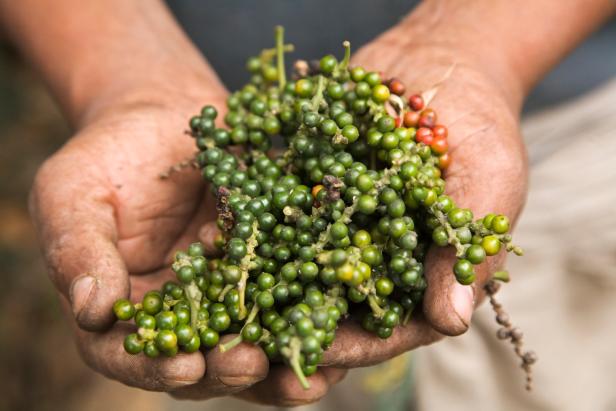
Anders Blomqvist/Getty Images
Where Do Peppercorns Come From?
“Peppercorns grow in little bunches like grapes, along a central stalk. Tiny white flowers on the stalk are pollinated by raindrops, and each flower grows into a single peppercorn,” Frisch says. “The plant itself is a climbing vine, and the best pepper farms cultivate their vines on tall, skinny trees. Lower quality pepper is grown climbing up concrete poles or stacks of cinderblocks.”
All peppercorns start out green, then turn orange and red as they ripen, like tomatoes. “The vast majority of commodity pepper (both black and white) is harvested under-ripe because the sharper flavor will last longer. Better peppercorns are picked as they ripen, for a more complex, nuanced and fruitier flavor,” Frisch says.
Where Does Black Pepper Come From?
o create black pepper from green peppercorns, farmers dry the unripe fruit either in the sun or mechanically. This darkens and puckers their outer skins. The majority of the world's black pepper comes from Vietnam.
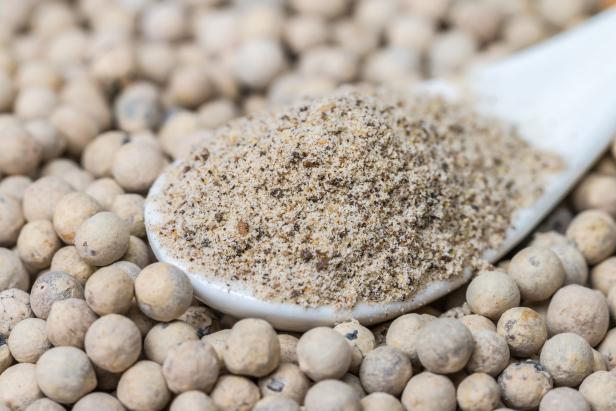
Winly Rungrudeesombutkit / EyeEm/Getty Images
Where Does White Pepper Come From?
White peppercorns come from the same fruit, but the skins are removed. Frisch explains that there are two traditions when it comes to white pepper: “The European tradition, which is primarily about color rather than flavor, and the Southeast Asian and Cantonese tradition, where the fruit of the peppercorn is used to ferment the pit for a much more savory, umami flavor.” He adds that in both cases, the fresh peppercorns (typically green, or early in the ripening process), are soaked in water to loosen the skin. The fresh peppercorns are soaked for a couple of days (European tradition), or up to a couple of weeks, like the funky, fermented white pepper Burlap & Barrel sources from Banka Island in Indonesia.
Is Black Pepper Good for You?
Both black and white peppercorns contain the antioxidant compound piperine, the same thing that creates the sensation of heat or spiciness on our tongue. Piperine is said to help improve blood circulation and reduce inflammation. Frisch shares that piperine is “especially powerful as an enhancer of nutrient bioavailability. It enables us to absorb more of the beneficial micronutrients in other foods so that we can maximize their impact.” This, he explains, is why turmeric and black pepper are often paired together in recipes or supplements, since the piperine helps the body make the most of the curcumin in turmeric.
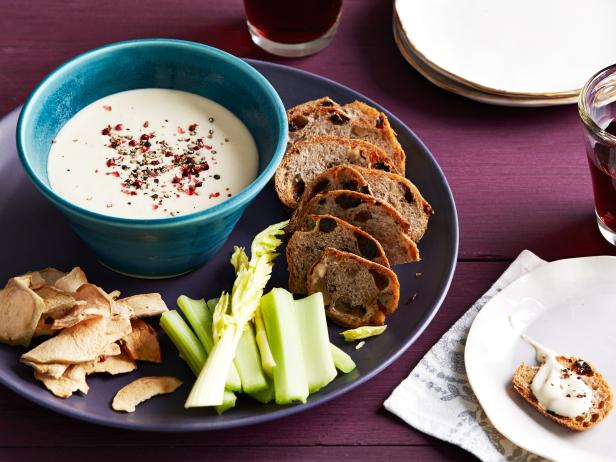
Armando Rafael, 2015, Television Food Network, G.P. All Rights Reserved
How to Use White Pepper
White pepper makes an excellent addition to savory, creamy-based dishes as well as starches such as mashed potatoes and rice porridge. “It pairs well with nutmeg and ginger in savory dishes, along the lines of a French four-spice blend,” Frisch says. It's commonly called for in light colored or white dishes, such as cream sauce, where the flavor but not the appearance of pepper is desired.
If you can get your hands on fermented white pepper, use it; it adds lovely umami and depth of flavor to cooking. “Fermented white pepper has a similar flavor profile to ingredients like miso, fermented soybeans, certain dried cheeses and nutritional yeast, so it can be used as an umami booster, especially in vegan alternatives to traditional dairy dishes.”
Fermented white pepper helps accentuate the fermented notes in these Steamed Black Bean Spareribs. For an extra hit of umami, swap in white pepper for black pepper in these Vegan Stuffed Peppers. Mixed peppercorns, including white pepper, help bolster the complexity of both vegan cheese alternatives, such as this Vegan Peppercorn Chevre, and classic dairy dishes, as with this Honey Peppercorn Brie Dip (pictured above).
Substitute for White Pepper
Frisch says that the best substitute for white pepper is black pepper, adjusted to taste. He also suggests experimenting with a combination of ground ginger and nutmeg as a possible alternative to white pepper.
Related Links:
























